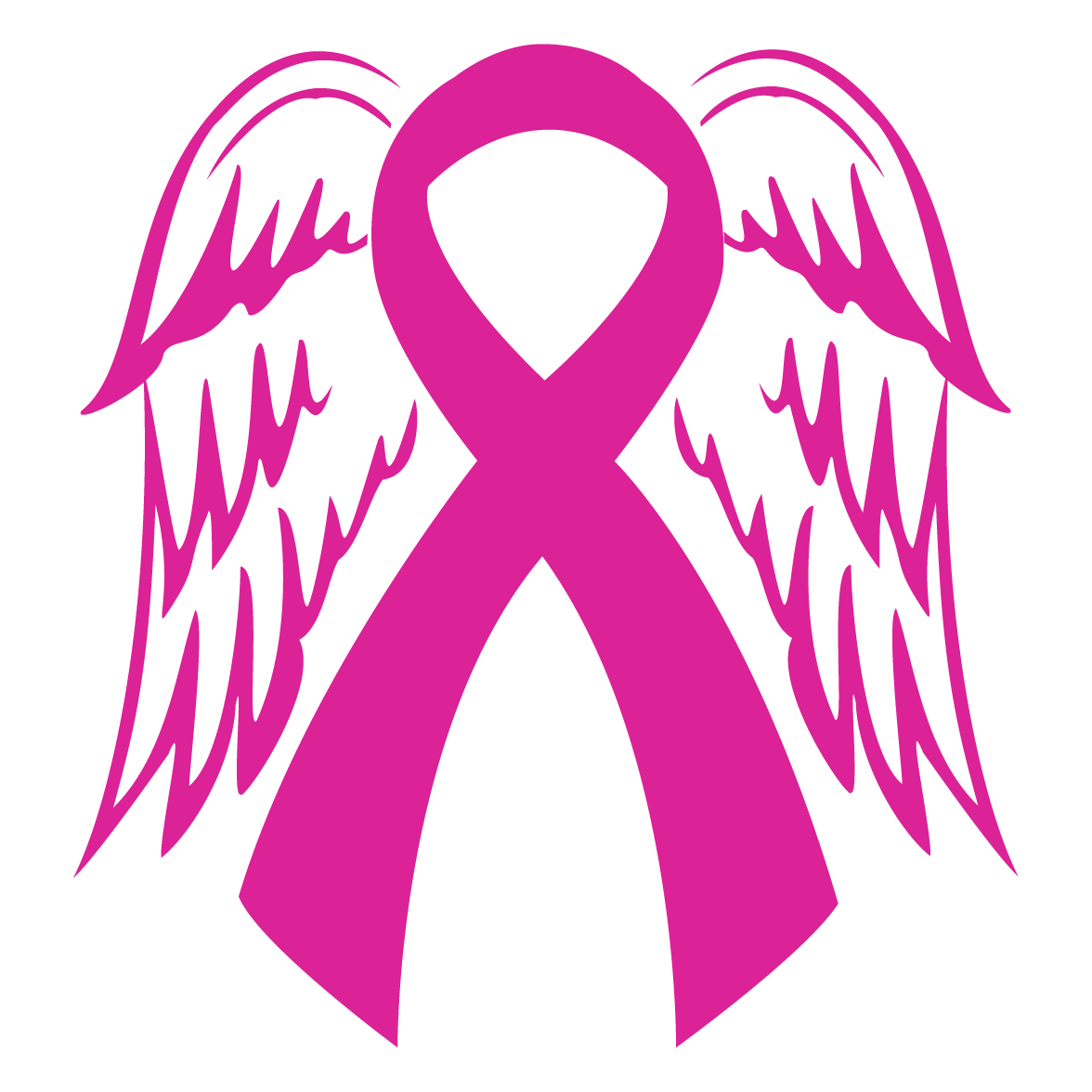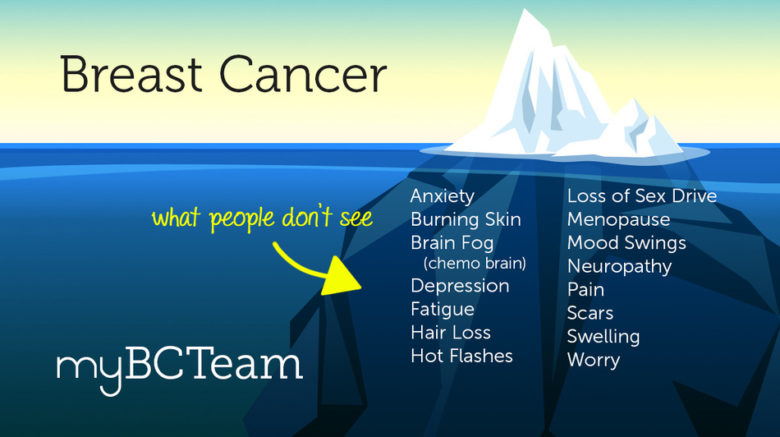The average 5-year survival rate for people with breast cancer is 90%. The average 10-year survival rate is 83%. If the cancer is located only in the breast, the 5-year relative survival rate of people with breast cancer is 99%. Sixty-one percent (61%) of cases are diagnosed at this stage.
If the cancer has spread to the regional lymph nodes, the 5-year survival rate is 85%.
For women with stage II breast cancer, the 5-year relative survival rate is about 93%. The 5-year relative survival rate for stage III breast cancers is about 72%. However, often, women with these breast cancers can be successfully treated.
However, since 1989, the number of women who have died of breast cancer has steadily decreased thanks to early detection and treatment improvements.
More women are surviving breast cancer, but more than 40,000 will still die from the disease this year. Living with it has not gotten much easier, either.
The 5 year survival rate means that within 5 years around 93 people out of 100, diagnosed with Stage II breast cancer, will still be alive.
Stage of breast cancer 5 year survival rate
Stage 0 100%
Stage I 100%
Stage II Around 93%
Stage III Around 72%
Stage IV 22%
breast cancer sub-type Estimated Overall Survival
DCIS-ductal carcinoma in situ) 98.8% to 100%
Tubular breast carcinoma almost 100% (15 year survival)
Infiltrating lobular carcinoma 90% (5 year survival)
Infiltrating ductal carcinoma 88% (5 year survival)
Medullary breast carcinoma 91% (10 year survival)
Mucinous breast carcinoma 90% (10 year survival)
Inflammatory breast carcinoma 65% (5 year survival) 35% (10 year survival (2009 figures)
Survivorship is one of the most complicated parts of having cancer. This is because it is different for everyone. Survivors may feel some stress when their frequent visits to the health care team end after completing treatment.
Every survivor has individual concerns and challenges.
Survivors often experience long-term consequences of chemotherapy, surgery, and radiation treatments.
What is Cancer Survivorship?
“Cancer survivorship” has at least 2 common meanings:
• Having no signs of cancer after finishing treatment.
• Living with, through, and beyond cancer. According to this definition, cancer survivorship begins at diagnosis and includes people who continue to have treatment over the long term, to either reduce the risk of recurrence or to manage chronic disease.
What are the Phases of Survivorship?
These three phases of survivorship describe the specific period a survivor is going through:
• Acute survivorship begins at diagnosis and goes through to the end of initial cancer treatment. Cancer treatment is the focus.
• Extended survivorship begins at the end of initial cancer treatment and goes through the months after. The effects of cancer and treatment are the focus.
• Permanent survivorship is the period when years have passed since cancer treatment ended and recurrence seems less likely. Long term effects of cancer and treatment are the focus.
Post-Traumatic Stress Disorder and Cancer
Post-traumatic stress disorder (PTSD) is an anxiety disorder. A person may develop PTSD after experiencing an extremely frightening or life-threatening situation. However, it can also affect people with a history of cancer. For example, a recent study found that nearly 1 in 4 women who were newly diagnosed with breast cancer experienced PTSD.
It is normal for a person with cancer or a cancer survivor to have feelings of anxiety, such as worry, fear, and dread. However, if these feelings do not go away over time, continue to get worse, or affect daily life, they could be a sign of PTSD.
PTSD symptoms are different for each person and can come and go. The symptoms usually develop within 3 months of a traumatic even. But they can also occur several months or even years later. If you experience any of these symptoms and they last more than 1 month, talk with your doctor or a member of your health care team.
People with cancer and cancer survivors who have PTSD need have treatment because the disorder can keep them from getting needed tests, cancer treatments, or follow-up care. PTSD can also increase a person’s risk of developing other mental, physical, and social problems. These can include depression, alcohol and drug abuse, eating disorders, and loss of relationships and employment.
Surviving Cancer: What to Expect:
At the end of active treatment, a patient’s safety net of regular, frequent contact with the health care team ends. Survivors may experience:
• Relief that treatment is over
• Uncertainty about the future
• Loss of usual support
• Increased anxiety
• Fear of recurrence, that the cancer will come back after treatment
• Guilt about surviving, having lost friends and loved ones to cancer
• Physical, psychological, sexual or fertility problems
• Relationship struggles
• Discrimination at work
• A social network that now feels inadequate
References:
BreastCancer.org
American Cancer Society
http://breast-cancer.ca/survicanc/
https://www.cancer.org/cancer/breast-cancer/understanding-a-breast-cancer-diagnosis/breast-cancer-survival-rates.html
https://www.cancer.net/cancer-types/breast-cancer/statistics
https://www.healthline.com/health-news/breast-cancer-survival-rate

